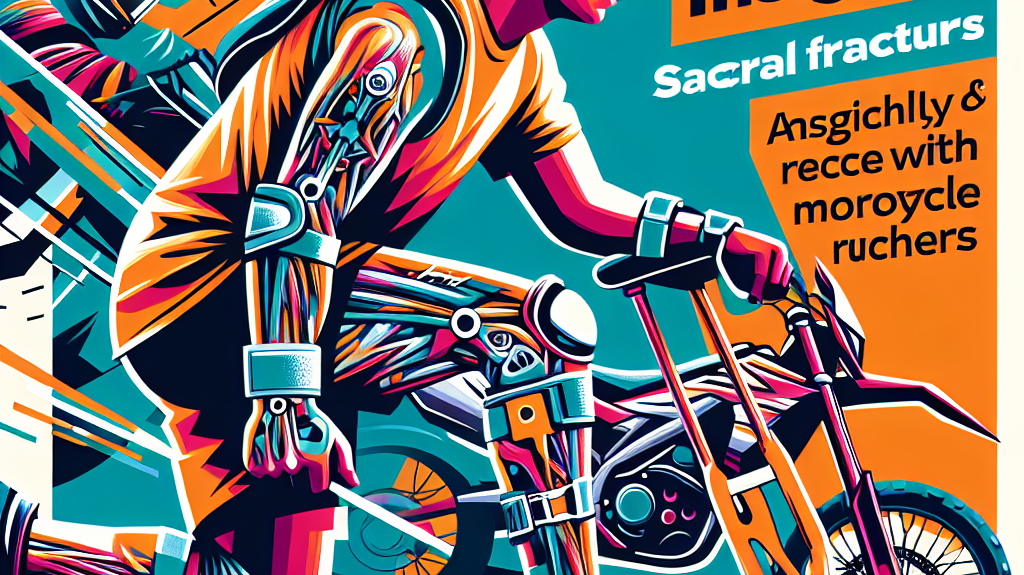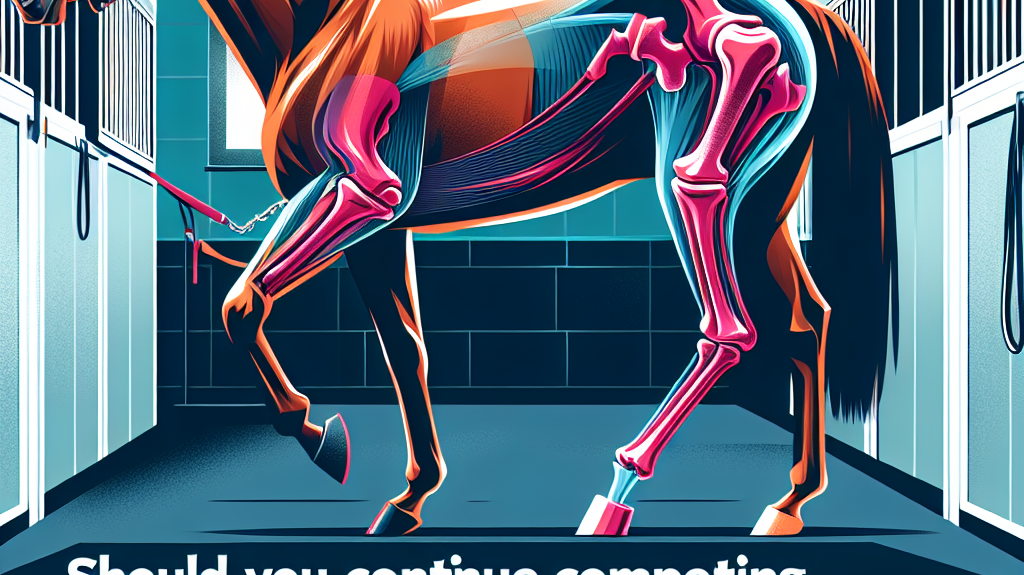Revitalizing Public Spaces: The Restoration of a Key Staffordshire Bridleway
In a notable achievement for horse riders, cyclists, and walkers alike, a crucial 2.6km off-road route in Madeley, North Staffordshire, has been restored to its former glory. The Public Bridleway No. 1, which connects Aston and Madeley, had become impassable due to deep mud and overgrown vegetation, making it unusable during the winter months.
The Restoration Effort
The North Staffordshire Bridleways Association (NSBA) raised concerns about the bridleway's dire condition, prompting action from Staffordshire County Council's Rights of Way team. The team undertook the task of clearing and resurfacing the bridleway with sand, making it accessible year-round for the community. Mark Deaville, the cabinet member for strategic highways at Staffordshire County Council, emphasized the importance of maintaining public rights of way, stating that they are essential for ensuring communities can enjoy the natural environment safely.
Positive Community Response
The community has reacted positively to the restoration efforts. Valerie Whalley, the secretary of NSBA, expressed her gratitude to the Council for their diligence. The improved path will be featured in the NSBA's Christmas ride event, highlighting the community's enthusiasm for the renewed bridleway. This development is a testament to the significance of public-private partnerships and the pivotal role local authorities can play in revitalizing public spaces.
Environmental and Social Benefits
The restoration of the bridleway not only benefits the community but also positively impacts the environment. Improved public paths encourage **physical activity**, reducing traffic congestion as more people opt for walking or cycling. Additionally, maintaining bridleways help preserve the natural landscape by controlling erosion and preventing overgrowth.
According to the **National Cycling Charity**, better-maintained paths can increase the number of cyclists by up to 20%, which is promising for initiatives aiming to reduce carbon footprints and promote healthier lifestyles.
Challenges in Public Path Maintenance
Maintaining public rights of way presents several challenges, including funding constraints and balancing the needs of various user groups. **Local authorities** must navigate these issues while ensuring paths remain safe and accessible. Public-private partnerships have proven to be an effective strategy, allowing for shared resources and community engagement in the maintenance process.
Future Research Directions
The restoration project in Madeley raises several intriguing research questions:
- How can local authorities balance the needs of different user groups (horse riders, cyclists, walkers) when maintaining public rights of way?
- What are the environmental benefits of maintaining and restoring public bridleways and footpaths?
- How can local authorities overcome challenges such as funding constraints and conflicting user demands?
- What role can public-private partnerships play in revitalizing public spaces and promoting community engagement?
These questions warrant further exploration to understand better the importance of public rights of way and how local authorities can effectively maintain and restore them.
Conclusion
In summary, the successful restoration of the **Public Bridleway No. 1** in North Staffordshire is a shining example of how local councils can positively impact their communities and the environment. The collaboration between the NSBA and Staffordshire County Council exemplifies the potential of public-private partnerships in addressing community needs. With the right strategies and commitment, other local authorities can replicate this success, ensuring public spaces are safe, accessible, and enjoyable for all.
For more details, you can visit the original source: Horse & Rider: Key Staffordshire bridleway cleared and resurfaced for horse riders.




